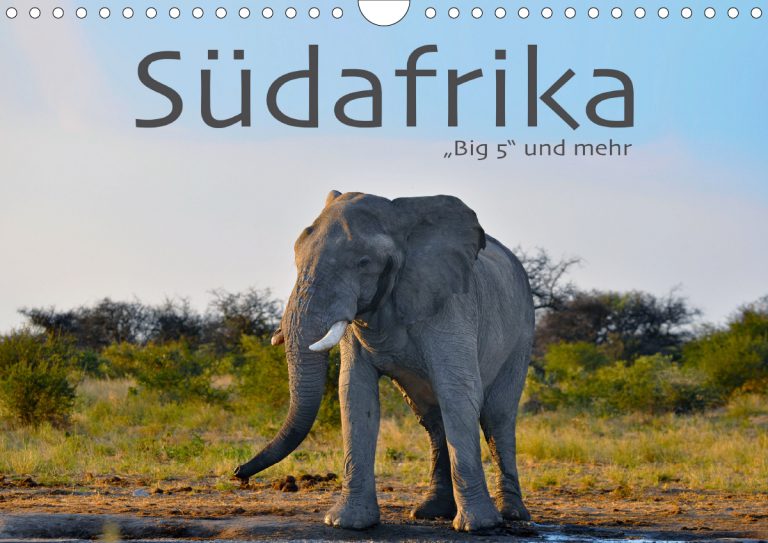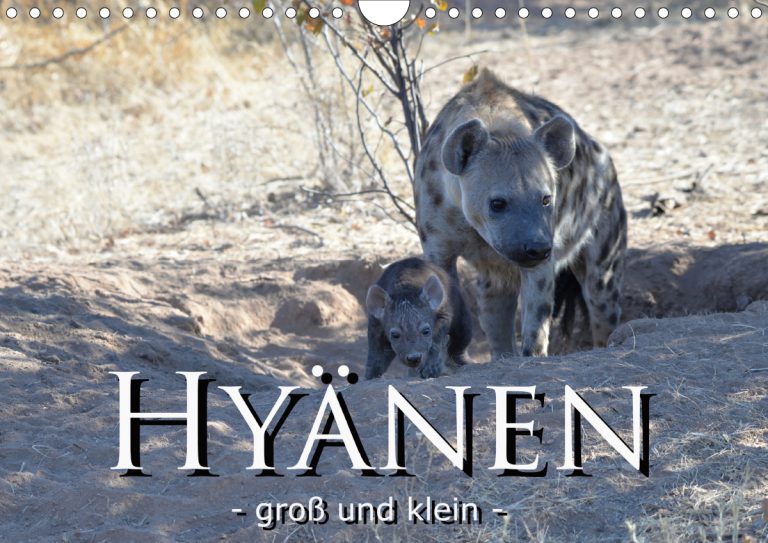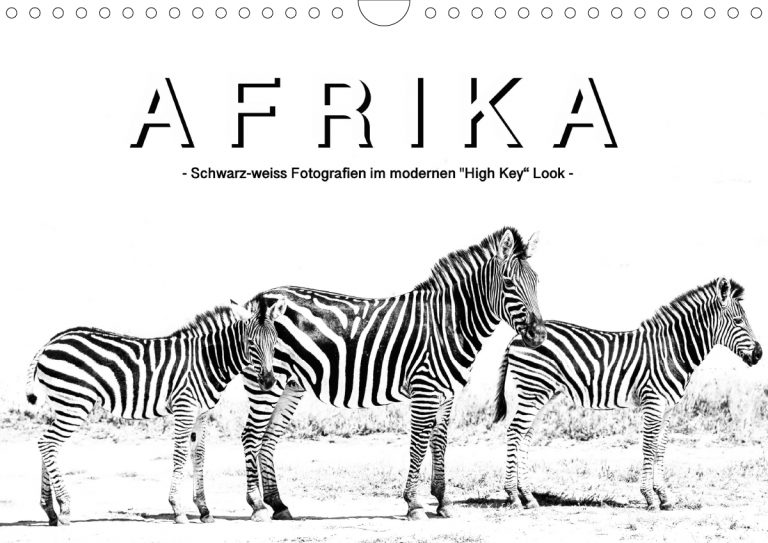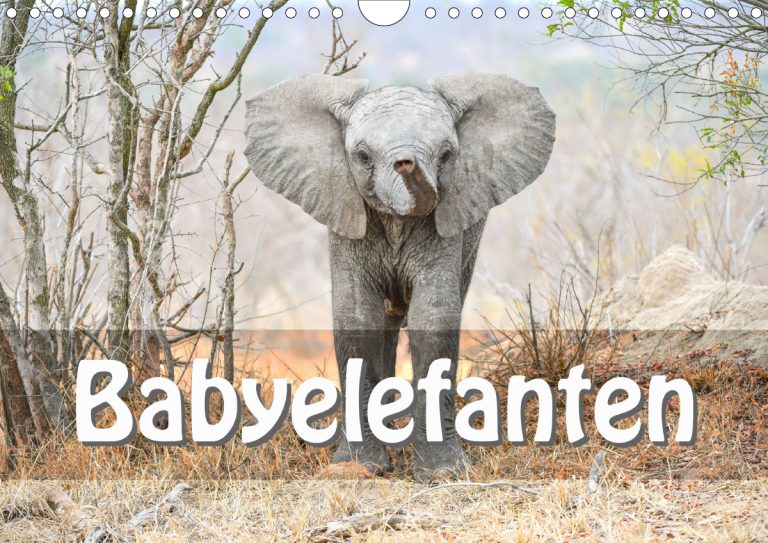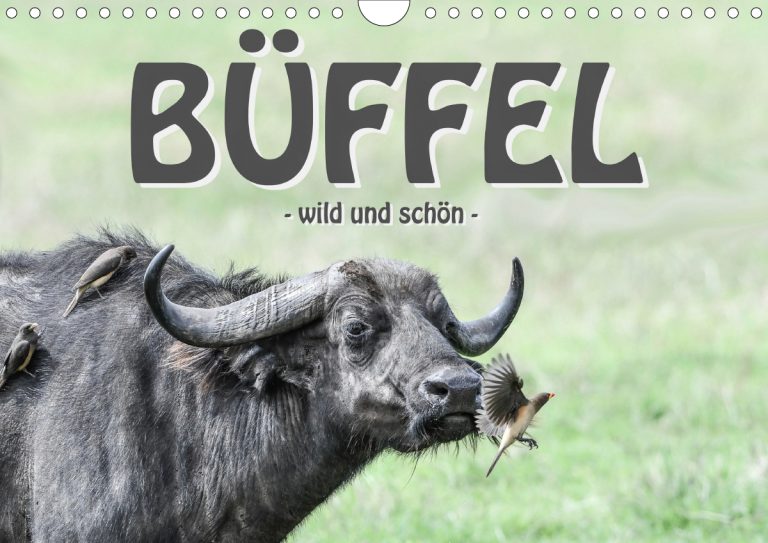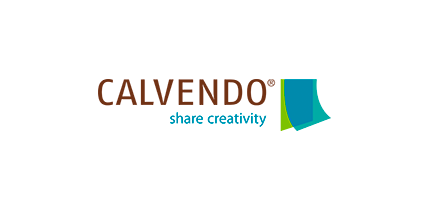Travel Report Cape Town (South Africa)
Cape Town is located at the southern tip of Africa, is enclosed by two oceans, lies at the foot of Table Mountain and spreads out with a hinterland adorned with vineyards.
Cape Town got its name from the Cape of Good Hope, which lies about 45 kilometers to the south. Around the Cape, with rocky shoals, there are strong winds and adverse sea currents; it was a dangerous region for sailing ships on the sea route to India.
Cape Town – or Cape Town – is a bustling administrative and commercial center and the third largest city in South Africa, with a population of about 3.4 million. It is the capital of the Western Cape Province. The seat of the South African Parliament is also located here. The approx. 300 year old “Mother City” of South Africa is considered one of the most beautiful cities in the world due to its magnificent location and its Victorian buildings.
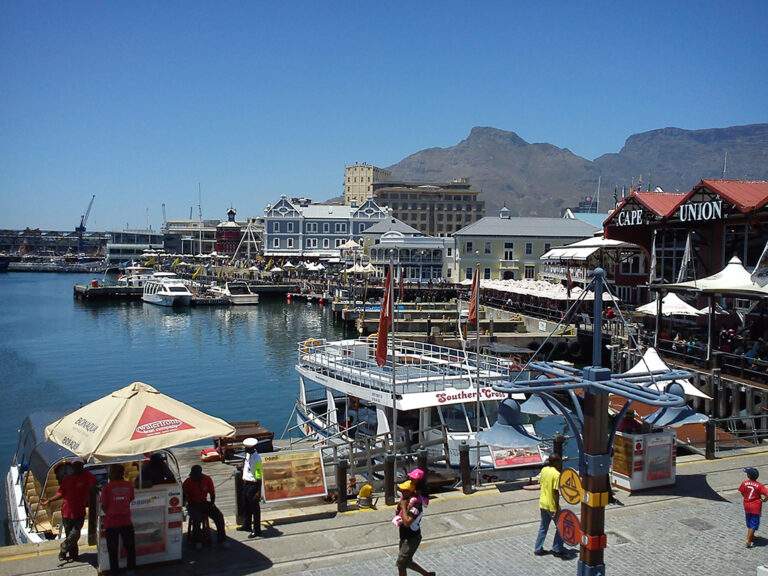
Which hotels do we recommend in Cape Town?
We have made several trips to Cape Town and it depends on individual taste. There are many good guesthouses and B&Bs. However, we have so far liked to take the Westin Cape Town. The location is extremely convenient and the Waterfront is about 15min walk or 5min by cab. Hotel has the advantage that you have a fitness center and a spa and generally more space. But it is more impersonal than the many nice B&Bs.
Where is Cape Town?
Arriving at Cape Town
The journey usually takes place by airplane over Johannesburg or from Germany, at least in the German winter, also directly.
What you should definitely think about when traveling to Cape Town:
Local currencies: South Africa = ZAR (South African Rand), but USD are also accepted. Otherwise, credit card payments work everywhere without any problems.
Vaccinations: Coming from Germany, no vaccinations – not even yellow fever – are mandatory. However, the standard vaccinations are recommended, see suggestions from the Foreign Office. Malaria prophylaxis is not necessary for Cape Town.
Luggage: If you travel in Africa by small plane, you should pay attention to “soft” luggage (e.g. sports bags), the weight limit and cabin luggage dimensions. The photo equipment should definitely be taken on board.
Clothing: Cape Town is very warm in the summer (in the African summer) and you can take light summer clothes. It is different in the African winter. Here it can be windy, wet and also cold. So far we have done best with the “onion principle”. Pack in such a way that you can put things on top of each other and combine them.
What photo equipment should you take with you?
The least you should have with you is a smartphone with a good camera. Even if you don’t believe it, the photo and especially the video qualities are more than sufficient for many situations,
For the ambitious photographer, this will not be enough. So it should be at least a DSLR or one of the newer mirrorless cameras.
Our camera choice you can see at the end of the article butbasically you should have at least a telephoto lens and a wide angle with it and who can afford it, gladly also Lichtstark.
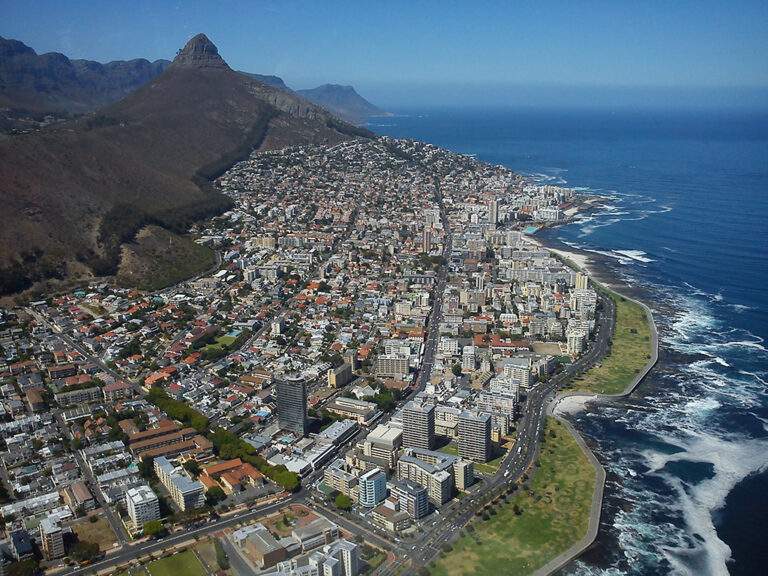
Table Mountain
For Cape Town newbies, here’s what to say: If the mountain is free of clouds, then nothing like up! We were a few times in Cape Town and the mountain was always cloudy. So as soon as Table Mountain is clear, go immediately, because a few hours later it can be over.
The cable car station is at the foot of the mountain and tickets are available at the ticket office or from the machine (which is faster) and there is also a VIP line.
The ride takes less than 10 minutes and once you reach the top you are blown away with a more than spectacular view of Cape Town.
On the plateau you can walk for hours or make a small tour, which takes about 1h. There is also a restaurant and small stores.
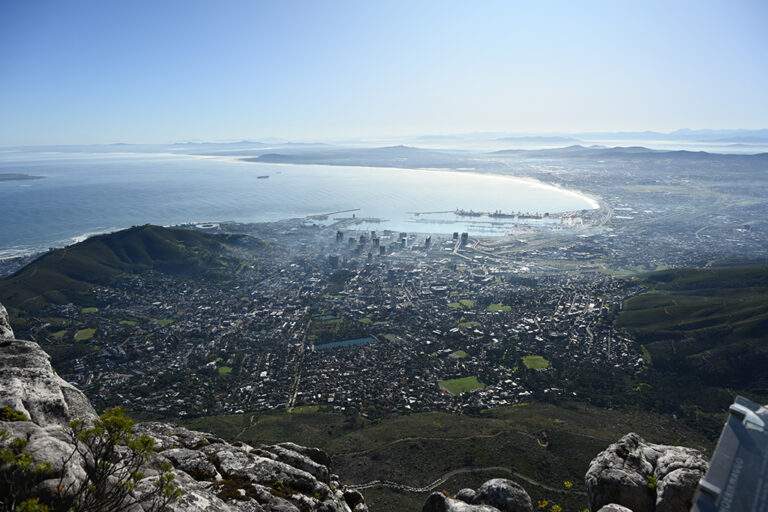
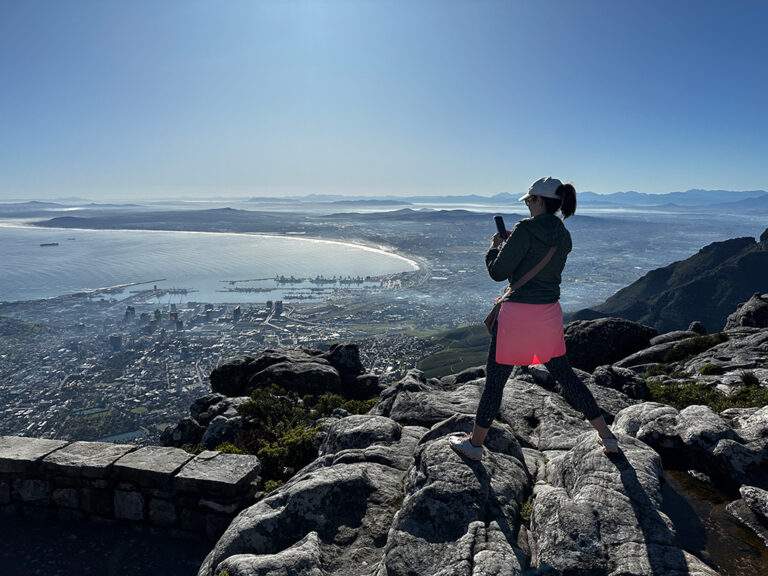
Waterfront
The Waterfront is certainly the first attraction and point of contact for newcomers in Cape Town.
The numbers speak for themselves: 270 stores, over 50 restaurants and “food stalls”, 10 pubs, 7 hotels, 11 cinemas, 6 museums, hundreds of offices, and luxurious apartments on the marina north of Victoria Wharf, make the Waterfront a tourist magnet in Cape Town.
No place in the country is visited by more people, over 25 million per year!
The stores are more expensive, many offer only what you can find anywhere in the world, the restaurants are good, but often too styled, and the live music often lacks the right kick – except for the hip street musicians! Cape Town definitely has other sides to offer, more on that later.
An experience is also The Cape Wheel. A Ferris wheel at the V&A Waterfront, also called Cape Town Eye, which previously stood in the Champs Elysee in Paris. With a view of Table Mountain, it is one of the highlights of a visit. The 50 meter high Ferris wheel was erected in front of the Waterfront in Cape Town long before the sporting event “Soccer World Cup 2010”. Due to its location, it has since been placed directly in the Waterfront, where it has a better location. It has 36 gondolas for 8 people each.
Tip: If you have time and the necessary change, we recommend a helicopter flight to the Cape of Good Hope. The impressions are unique.
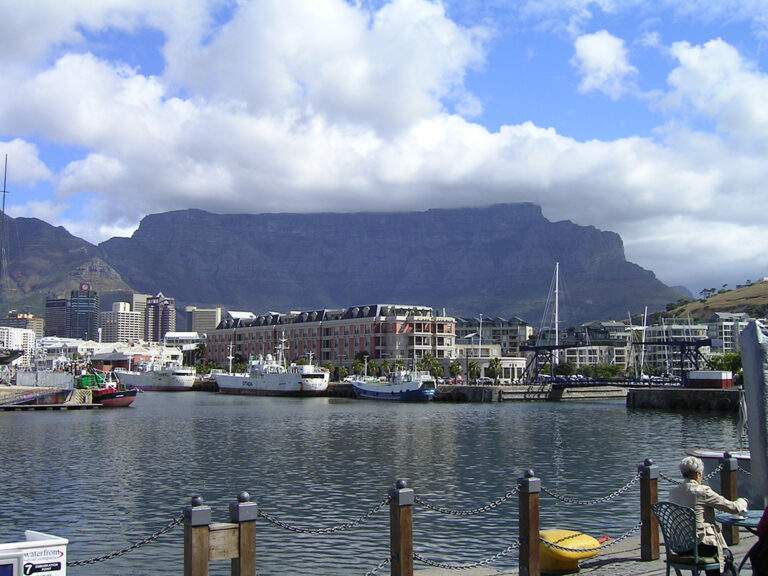

The Hussar Grill Mouille Point
If you are not a vegetarian – and even if you are – you will be thrilled by Hussar Grill. It is a steakhouse, which exists since 1964 and which has a first-class cuisine. The new location directly at the sea is unique and you have a really nice view, especially at sunset. Address: 163 Beach Rd, Mouille Point, Cape Town, 8005, South Africa
Camps Bay
In Camps Bay, beautifully situated just below the 12 Apostles, restaurants and stores line the waterfront, and the large beach bay is the largest of those near Cape Town.
If you want to get to one of the world’s dream roads, Chapman’s Peak, you inevitably pass through Camps Bay from Cape Town. Along villas, restaurants and powder sugar white beaches.
This is where mainly the young people come to sunbathe, play beach volleyball or jog along the water.
On weekends, especially at sunset in the summer months, it gets crowded. Then the traffic jams in front of the restaurants and you sometimes have to wait a long time for a seat.
Our restaurant tip: The Mantra Cafe, which is actually a restaurant.
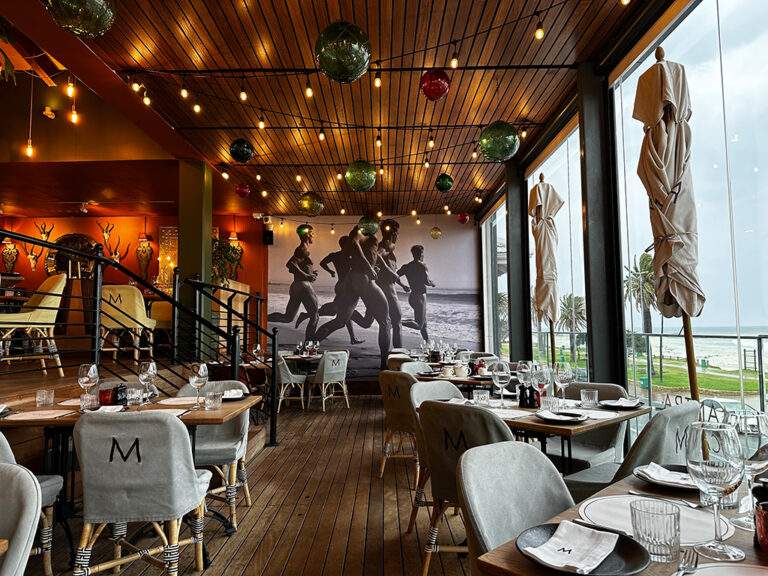
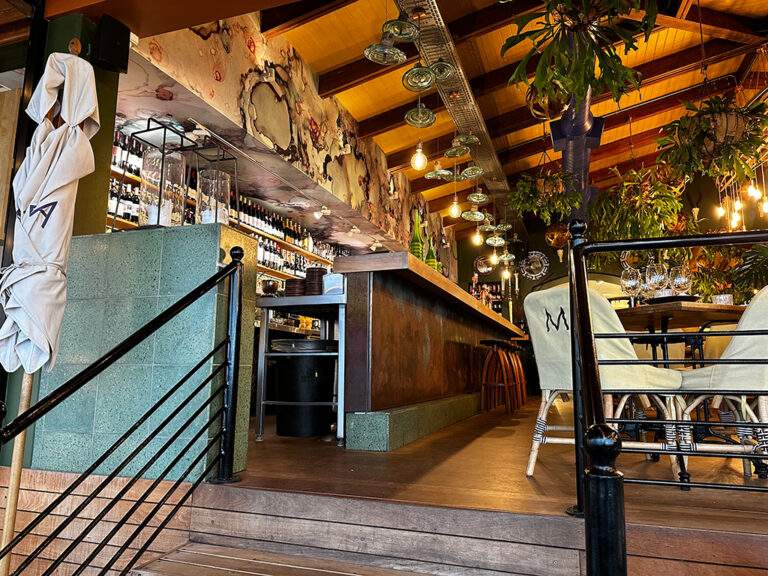
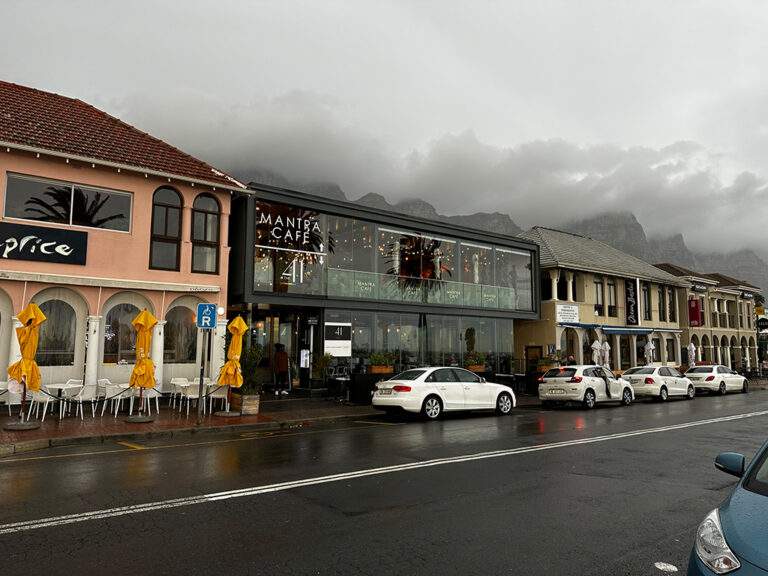
Mantra Cafe offers really excellent cuisine with different directions. It is stylishly furnished and yet not snobby. Large pictures with crisp, naked men on it make every woman’s heart beat faster. But no envy, also the men of creation have been thought of.

Chapman's Peak and Hout Bay
From Camps Bay we head south on Chapman’s Peak Drive, one of the most breathtaking coastal roads of all. 150 m above the sea and 450 m below the peak, the 10 km long stretch winds its way close to the cliff and directly along the precipice. The fabulous views are hard to describe.
Chapman’s Peak Drive was built between 1915 and 1922. Massive blasting was necessary to realize the bold construction on the steep slope.
Following the road, one inevitably comes to Hout Bay, where there are numerous stops along the way to admire the scenery. At the end of Chapman’s Peak drive you reach Noordhoek, with its seemingly endless sandy beaches.

Noordhoek
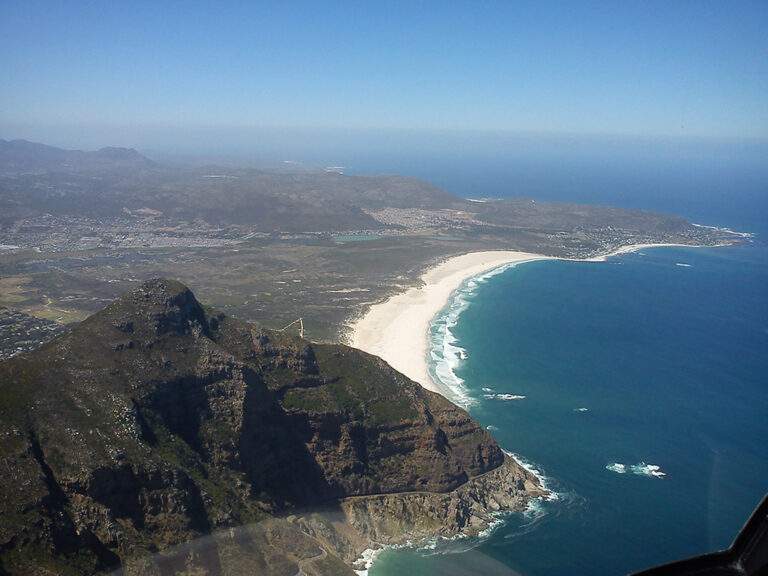
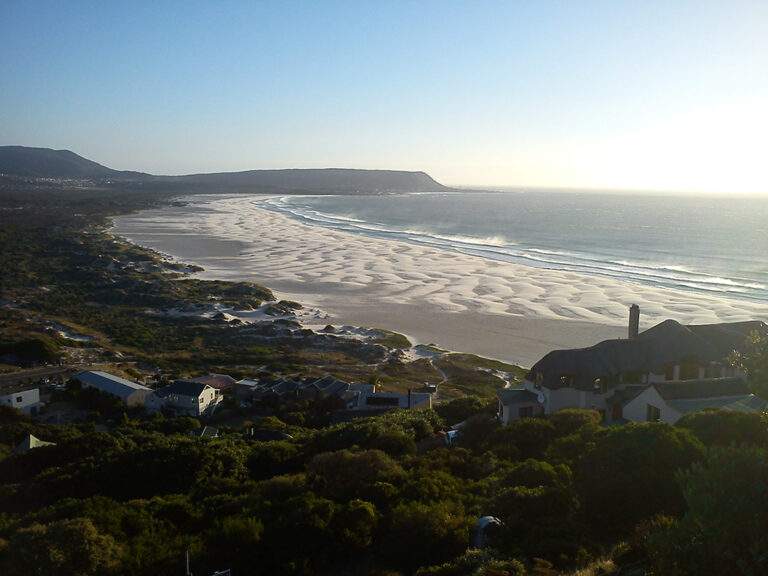
Fishhoek and Simon's town
Fish Hoek is a coastal town on False Bay on the Cape Peninsula south of Cape Town, with about 12,000 inhabitants, that looks exactly like you would imagine a small town from the last century. It’s the same with the next town on the route, SImon’s Town.
Very close to Fish Hoek is Kalk Bay, here we have a really good restaurant tip: The Harbour House, as the name says, directly at the harbor. But only visit during the day and as long as it is light, otherwise you have nothing of the view 🙂
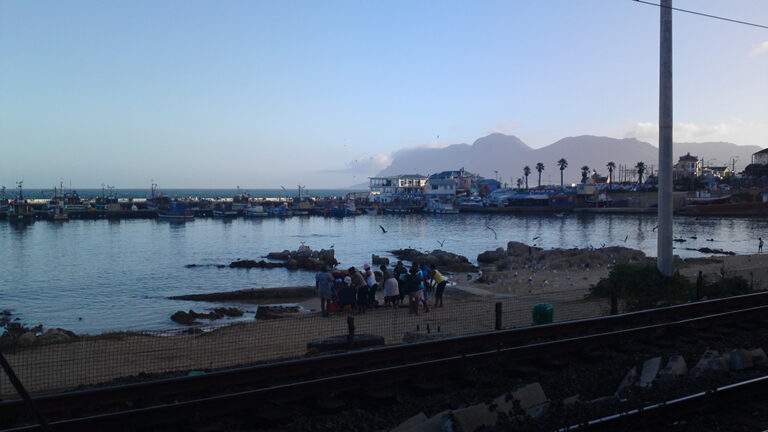
Boulders Beach Pinguine

Boulders Beach is not only known for its great beaches, but also for the unfortunately very commercialized (African) Penguin Colony.
In 1983 a lonely pair of penguins was found under the wind protected bushes. In the meantime, these have multiplied and attracted other families, so that now over 2,000-3,000 spectacled penguins cavort on the small beach section.
The visitors walk – after paying the entrance fee – on wooden walkways to the beach and already on the way you can spot the first penguins. Even though it doesn’t feel quite as natural today as it did a few years ago, it’s a worthwhile experience.
The name Boulders Beach comes from the large abraded rocks that you see everywhere and that remind a little of the Seychelles.

Table Mountain National Park and Cape of Good Hope
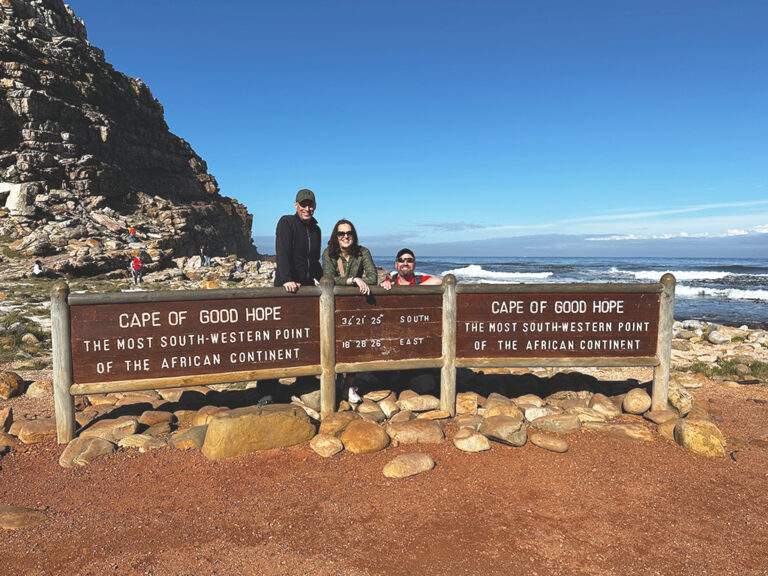
The Cape of Good Hope is the most southwestern point of Africa. The southernmost point is Cape Agulhas (Needle Cape) near Bredasdorp. Experts from all over the world still argue whether the Atlantic Ocean and the Indian Ocean meet at the Cape of Good Hope or at Cape Agulhas. The people of Cape Town are of course convinced that only they can have this place, and this argument cannot be completely dismissed. On the west side of the Cape Peninsula the water is freezing cold (about 14°C), while on the east side you can be in the warm water for hours without freezing.
Contrary to what you might think, the Cape is not that crowded. This can also be seen in the rather manageable parking lots on site. When visiting Cape Town, a visit to the Cape of Good Hope is a must.
Cornellskop Animal Encounters & Guest Farm
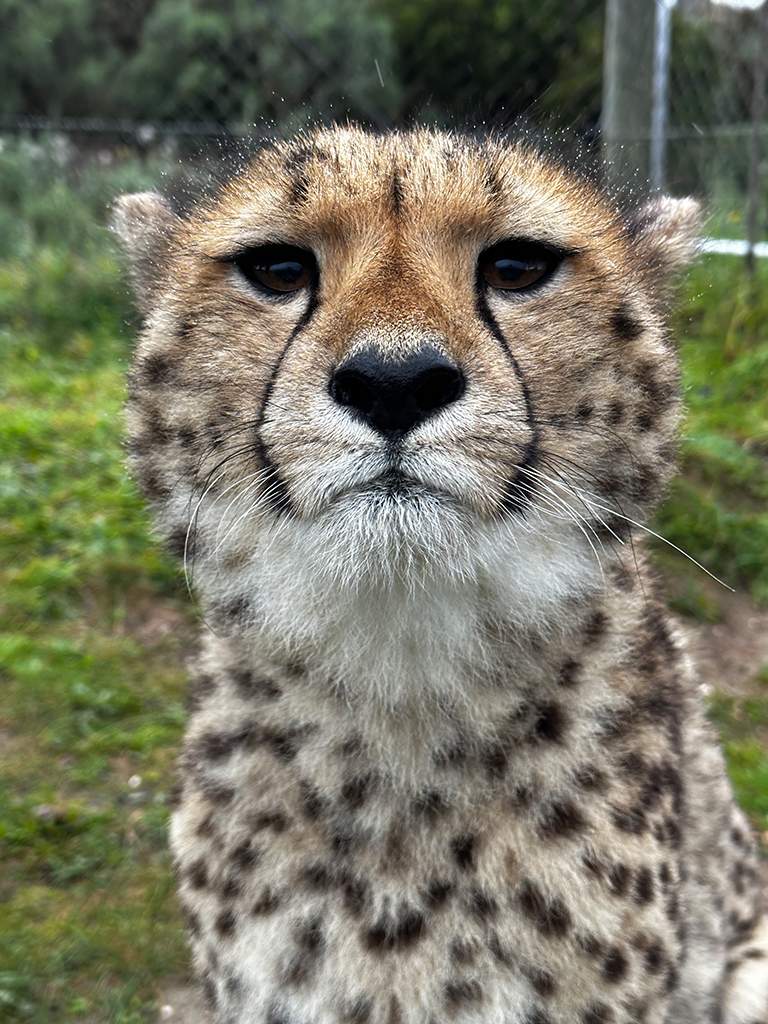
Cornellskop is located in the picturesque Van der Stel Pass Valley (90 km from Cape Town and 5 km from Botriver) and is a 118 hectare farm.
The farm offers the unique opportunity to experience the animals on a guided tour with experienced guides or to stay overnight in one of the recently upgraded accommodations.
Cornellskop is managed by Luke Cornell, who has worked and lived with animals for 35 years. As his animal numbers grew, Luke decided to start Cornellskop in 2005.
Luke is assisted by two dedicated guides, Shané and Aaron. They not only ensure the safety of guests, but go above and beyond to educate the public about each animal’s personality, needs and behavior.
Cornellskop Farm is inspected annually by Cape Nature and the State Veterinarian to ensure that the animals are well cared for, that the facilities meet all guidelines, and that all animals are licensed.
Cornellskop is NOT a breeding facility, and animals like our lions have been vasectomized or neutered.
Stellenbosch and the Wineyards
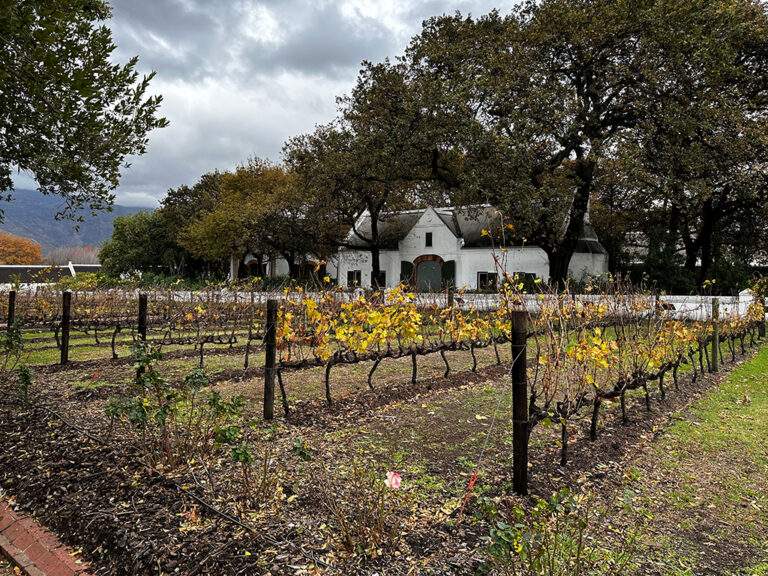
Stellenbosch is located in the fertile Eerste River Valley, 111 meters above sea level and about 50 minutes drive from Cape Town by car. The second oldest city in South Africa is a municipality with a population of 192,000 and countless wineries, together with Pniel, Franschhoek and three townships. These include well-known names such as Nederburg and Boschendahl. But also small exclusive wineries like La Motte or the very luxurious Delaire Graff Estate.
Our restaurant tip: De Volkskombuise in Stellenbosch, with excellent cuisine and a very cozy atmosphere.
But also on the wineries themselves you can eat very well, but best to pre-order.
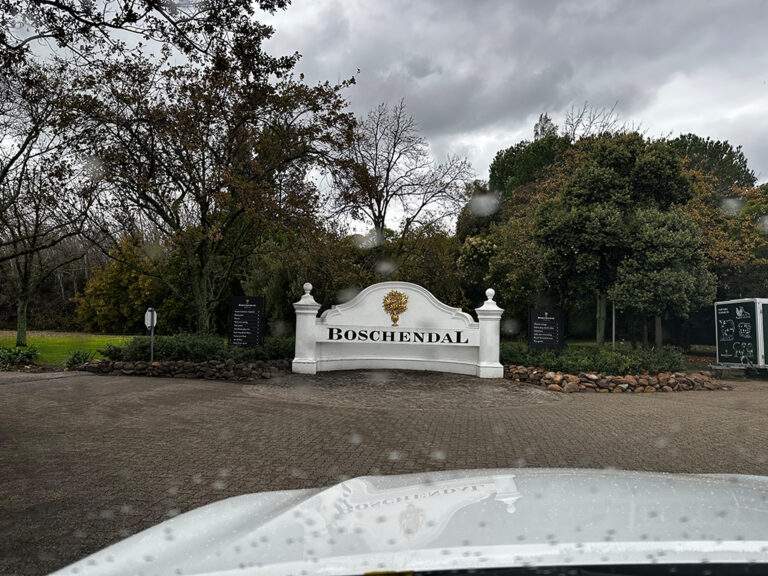
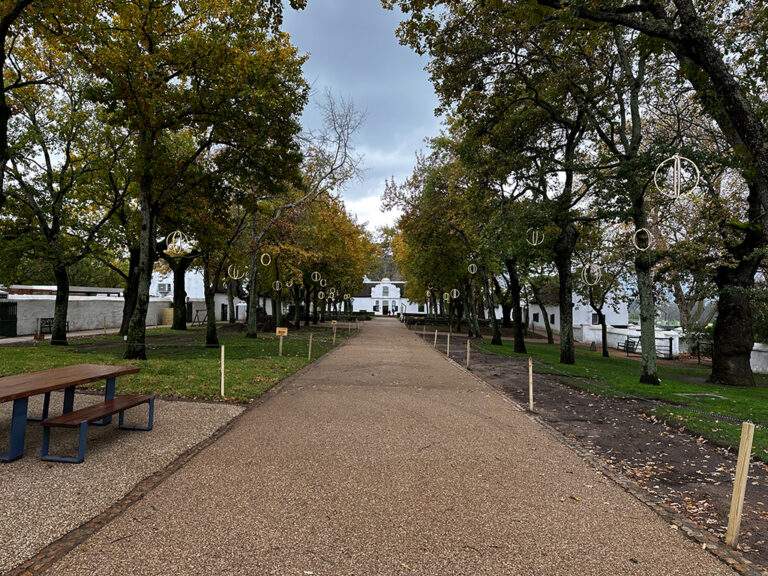
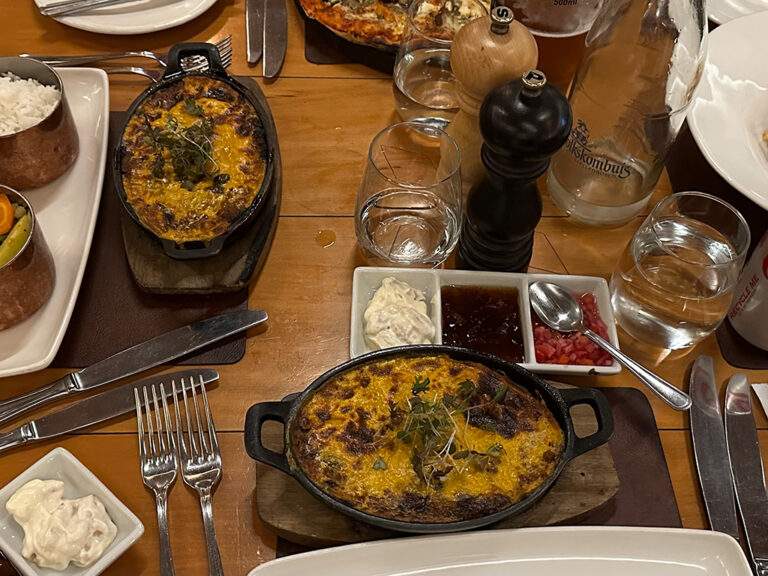
How should I book my trip ?
We always rely on AST travel agency here when it comes to South Africa, Botswana or Namibia. The travel agency has a staff member on site (the enchanting Mrs. Csar) who knows most of the accommodations and attractions and is always there to help and advise.
Order calendar from our photo trip?
What photo equipment for Cape Town?
The photo equipment we took to South Africa is listed below. In addition, you have the possibility to order the used photo equipment directly via our Photo-Shop and to request further technical details. There you can also find a lot of extras.
Cameras:
- Nikon Z7ii
- Iphone
Lenses:
- 70-200mm f4 (Nikon)
- 24-120mm f/4 (Nikon)
